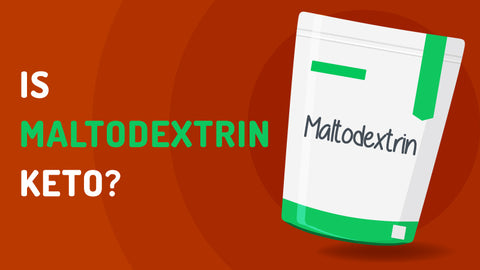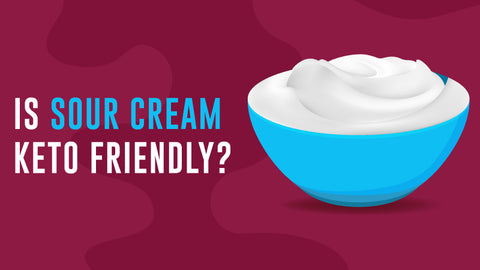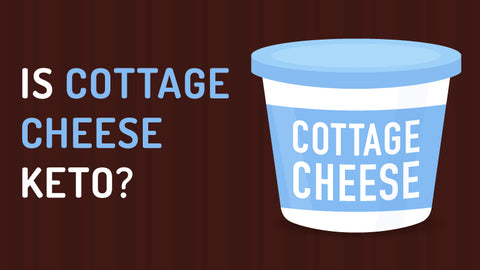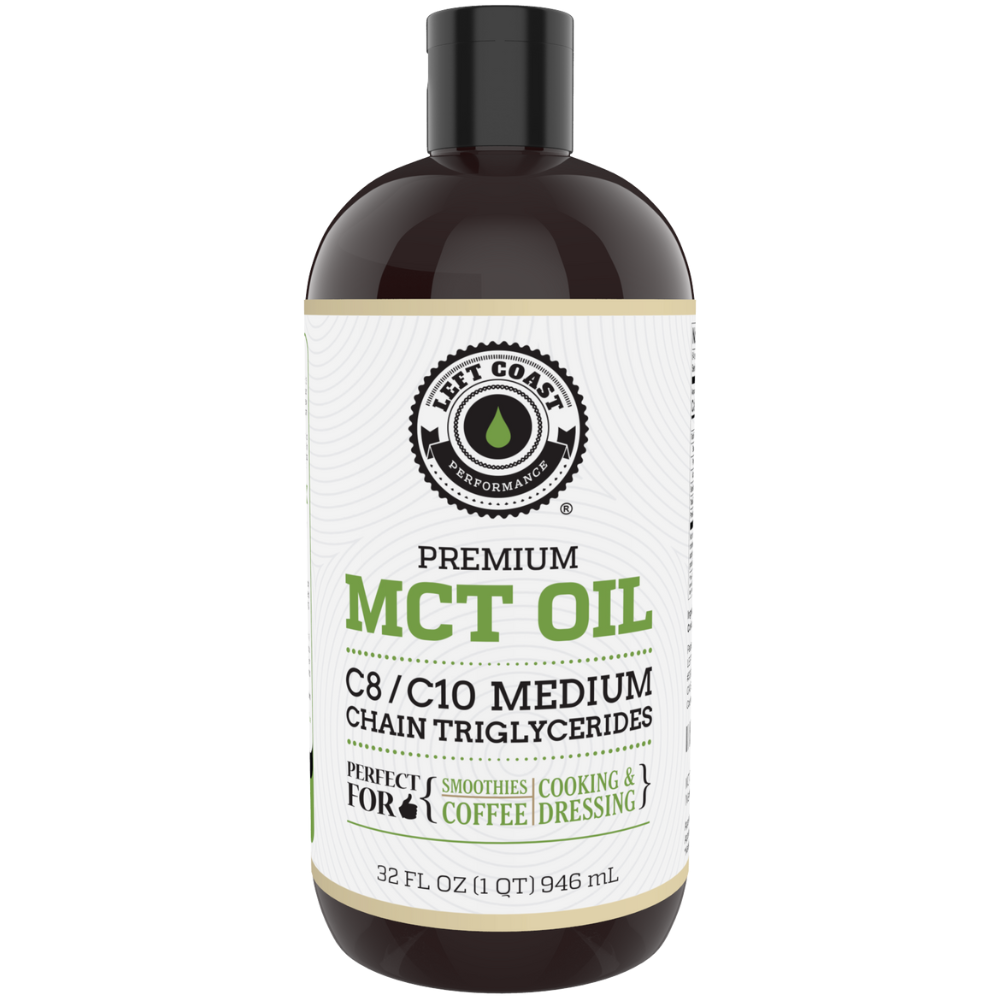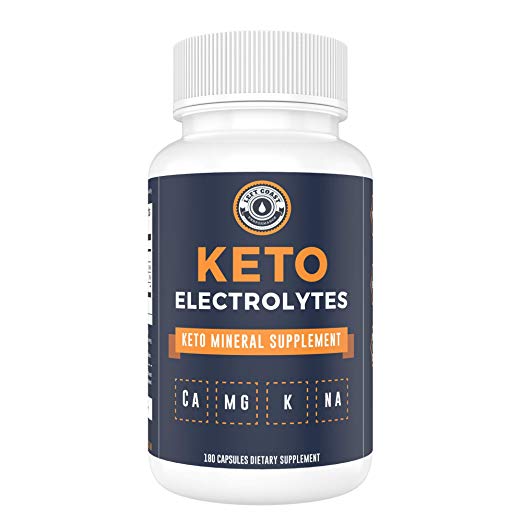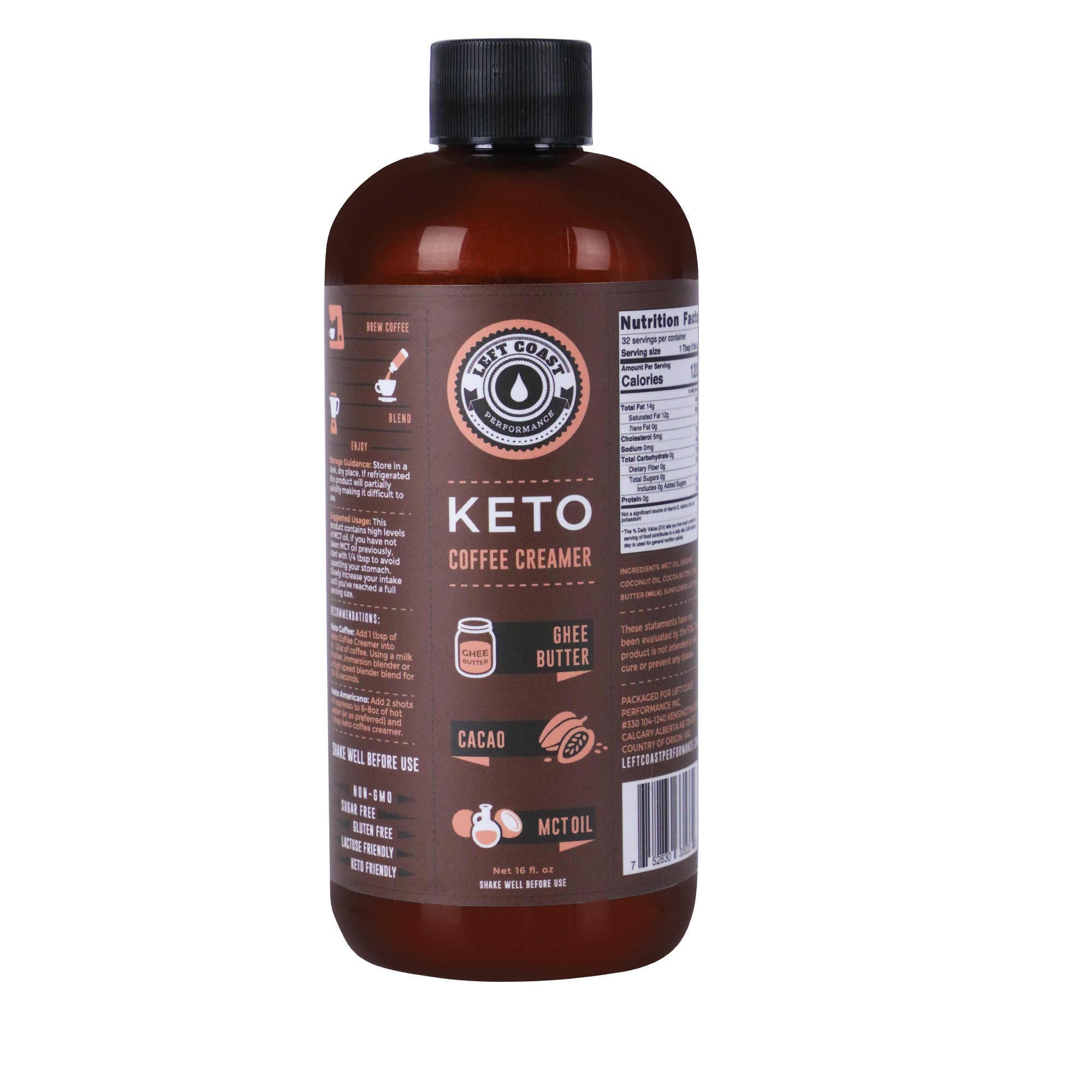Targeted Ketogenic Diet: What It Is, How It Works & Who Should Consider Using It
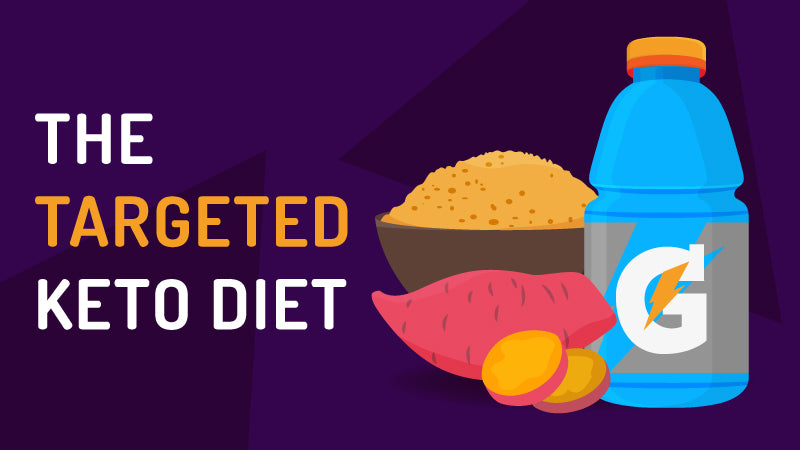
on November 27, 2019
To maximize physical performance, while maintaining the benefits of a keto diet, a new variation of the diet called the targeted ketogenic diet (TKD) has emerged in the health and fitness communities.
It’s a way of modifying the standard ketogenic diet to help give you a boost in your workout performance.
In this article, we’ll discuss what targeted keto is and how athletes are using it, but be aware that all of this information is anecdotal and theoretical based on an understanding of human physiology. There are no studies to support targeted keto or any of its proposed benefits.
What Is the Targeted Keto Diet?
TKD is similar to the standard ketogenic diet (SKD) in terms of your diet plan most the time — Both are high fat, low carb diets.
The macronutrient breakdowns of TKD and SKD are similar, with 5 - 10% of calories coming from carbs, 60 - 80% from fat, and the remainder from protein.
The main difference between targeted and standard keto is that on targeted keto carb intake changes.
On the standard keto diet, you always keep your carbs low. But, on the targeted keto diet, you would eat extra carbs before, during, or after a workout.
On workout days, your carb macros might increase slightly, and your fat macros would decrease. Your only constant here is your protein intake — it should always remain the same to support lean muscle growth.
Targeted Ketogenic Diet vs. Cyclical Ketogenic Diet
If you’re familiar with the different variations of ketogenic dieting, the targeted keto diet may seem similar to the cyclical keto diet (CKD). Both involve carb cycling, briefly slipping out of ketosis for the benefit of improved exercise performance.
The main difference between targeted and cyclic keto is the number of carbs you eat and when you eat them.
On a cyclical ketogenic diet, you flip your fat and carb macros one or two days a week. This could mean you’re eating 80% carbs and only 5 - 10% fat on high carb days.
With TKD, you would only bump up your carbs only around your high-intensity workouts — not for the whole day. On a TKD, you’re likely to eat fewer carbs overall compared to CKD.
Benefits of the Targeted Keto Diet
Targeted keto likely has many benefits similar to the standard ketogenic diet, such as weight loss, appetite control, and improved mental ability.
Let’s take a closer look at two other reasons why people may experiment with TKD.
Enhanced Exercise Performance
The main benefit of TKD over the standard keto diet is that it may improve exercise performance. Eating carbs around your workouts fill up your muscle glycogen stores, which are readily used by the body to provide an energy boost during exercise, especially for endurance events.
Increased Muscle Mass
Like cyclic keto, targeted keto may also help increase lean muscle mass.
The standard keto diet can help increase muscle on its own, but if you don’t see the results you want, it may be due to low insulin levels.
Insulin is a muscle-building hormone. In theory, similar to cyclic keto, spiking your insulin levels pre-workout gives your muscles extra glucose to burn, which will improve performance and help you build more muscle.
Bumping up your carb intake doesn’t just impact insulin — it can also modify other hormones that help build muscle. Another hormone called growth hormone is needed for muscle building and weight loss.
When insulin is elevated, growth hormone is low. When you go back into ketosis after your workout, and your insulin levels drop again, your growth hormone will spike.
Occasionally spiking your insulin will help you get the best of both worlds and maximize muscle growth and exercise performance.
It’s important to reiterate that these proposed benefits are all theoretical based on a general understanding of human physiology.
There are no studies that have evaluated the perfect dose of carbs, ideal timing, or how targeted keto is best applied — if you want to give it a try, you will have to be your own test subject.
Who is the Targeted Keto Diet For?
The targeted keto diet was designed for advanced keto dieters and athletes who may find their sports performance suffers on the standard ketogenic diet.
This diet plan is best for people who practice high-intensity exercises such as professional athletes, distance runners, bodybuilders, or Crossfit athletes.
The increased carbohydrate intake around workouts will help you reduce fatigue and stabilize blood sugar levels. But, it’s not for every type of workout.
Targeted keto may not be optimal for before a strength training session.
There is some evidence that suggests that carb re-feeding may do little to improve performance during strength workouts. This may be because weight lifting doesn’t use up a lot of glycogen, so the muscles aren’t hungry for extra carbs.
If your goal with eating keto is exclusively weight loss or disease management, the targeted keto diet may not be for you.
TKD is designed for athletes and people who regularly practice high-intensity workouts. If your exercise is not intense — for example, you prefer yoga or walking over running marathons — then a standard keto diet is probably best for you. Increasing your carb intake could slow your weight loss or prevent you from seeing the health benefits of eating keto.
If an athlete is struggling with a decreased performance during exercise, targeted keto would be a good first step to help boost performance on keto before moving on to the more advanced practice of cyclic keto.
Finding the right type of keto diet for you to help you meet your individual goals may take some experimentation. Not everyone performs the same on the different variations of this diet.
Steps to Correctly Doing a Targeted Keto Diet
The first step for starting a targeted keto diet begins weeks before you even attempt to increase your carbs.
First, in order for targeted keto to work, you have to be fat adapted.
This means your body can easily move in and out of ketosis or burning fat for energy. This usually happens after you’ve been on keto for a while, generally 6 weeks or more.
Before you experiment with modifying your carb intake, you must strictly follow a keto diet for a period of time.
You’ll know if you’re fat-adapted if you don’t feel hungry often and your energy is consistent throughout the day.
If you’re in targeted keto too soon, you may find yourself experiencing the keto flu over and over again, making you feel even more fatigued.
Second, for the performance boost from the targeted keto diet, you have to be depleted of glycogen.
This usually happens 2 - 3 days into the keto diet when glycogen is depleted from the muscle cells. Once the glycogen is depleted, and you give your body a small dose of carbohydrates, the muscles will readily absorb the carbs to use for energy — essentially giving you a “boost” of energy directly to the muscles when you workout.
Targeted keto is an advanced dietary strategy for a specific type of person who works out intensely and needs to increase performance.
What Carbs Can You Eat on the Targeted Keto Diet?
A targeted keto diet is fairly similar to a standard keto diet. The macronutrient breakdown would be as follows:
- Fat: 60 - 80%
- Protein: 20 - 30%
- Carbohydrates: 5 - 10%.
Foods included on a targeted keto diet are:
- Healthy fats: olive oil, avocados, nuts, coconut oil, MCT oil, butter
- Protein: chicken, fish, beef, lamb, eggs, cheese
- Low carbohydrate vegetables
- Small servings of berries and nuts
The list above is what you would eat most of the time while following the low carb part of the diet.
Before, during, or after your workout, you want to eat between 15 - 50 grams of fast-absorbing carbs. Fast-absorbing carbs typically don’t contain a significant amount of fiber, protein, or fat.
A few options for fast-acting carbs include:
- White rice
- White potato
- White bread
- Crackers
- Glucose shot
- Sports drinks like Gatorade
- Energy gummi
- Hard candy
- Dextrose powder
It’s recommended that foods high in fructose, like fruit juice or soda, should be avoided on a TKD because fructose is not readily used for energy by the muscles like glucose is.
Fructose goes directly to the liver to be stored as glycogen, so it won’t help you increase your performance.
Planning Your Targeted Keto Diet Based On Your Goal
How you time your workout carbs and how many carbs you consume will depend on your personal goals, but here are some general guidelines.
Improved Performance During a Workout (less than 1 hour)
Eat 15 - 50 grams of fast-acting carbs about 30 minutes before you exercise.
If your workout is less than 45 minutes, consider eating on the low end of this range of the recommended carbs, or you won’t be able to burn off all the carbs during your exercise. Go back to eating keto immediately after a workout.
Long Endurance Workout (over 1 hour or in extreme hot or cold)
Eat 15 - 50 grams of fast-acting carbs 30 minutes before your workout.
Then drink 6 - 12 ounces of a sports beverage or a gel with at least 6% carbohydrate concentration every 30 minutes. Resume normal keto eating after the workout.
Boost General Exercise Performance
To generally elevate your exercise performance and maximize muscle gain, eat 15 - 50 grams of fast-acting carbs 30 minutes pre-workout.
Post-workout, eat another 15 - 50 grams of carbs. This will allow you to optimize the post-workout insulin spike needed for muscle building.
These are just guidelines of where to start for your targeted keto diet. Finding your ideal number of carbs and timing will take experimentation before you start to see the gains from this protocol.
How Does a Targeted Keto Diet Impact Ketosis?
Whenever you increase your carb intake you temporarily knock yourself out of ketosis. However, if you are fat-adapted and disciplined, you should be back into ketosis within a few hours.
Since you’re timing the carbs around your workout, your body should readily take in the excess glucose to fuel your muscles.
This means, after a particularly challenging workout, your blood sugar levels won’t stay high for long. How quickly your blood sugar and insulin levels return to normal depends on the type of workout and how sensitive you are to insulin.
There are a few ways you can get back into ketosis faster.
Try doing some light to moderate-intensity steady-state cardio after your workout. A light workout keeps your body in fat-burning mode, which will help it start burning ketones again.
Alternatively, you can add high-quality MCT oil to your regimen. MCTs quickly increase the amount of ketones in your body, helping you get back into ketosis faster. You can experiment with using MCT oil before or after your workout to boost energy and increase ketones.
Although these methods may help you get back into ketosis faster, how quickly this happens depends on many factors beyond your control. Therefore, the best thing you can do is simply eat a normal keto diet again as soon as your workout is over.
Is Targeted Keto Right for You?
The targeted keto is an advanced dietary strategy with little scientific evidence behind it.
If you’re an athlete struggling to get through your workouts on a standard keto diet, you might want to consider the targeted keto diet.
There is no one right way to execute a targeted keto diet — it requires experimentation to find what works best with your body. Try bumping up your carbs for a workout or two and see how you feel. If you don’t see any improvement, stop and try something else.
If you are generally healthy and physically active, there is no harm in experimenting with your diet to try to maximize workout results.



